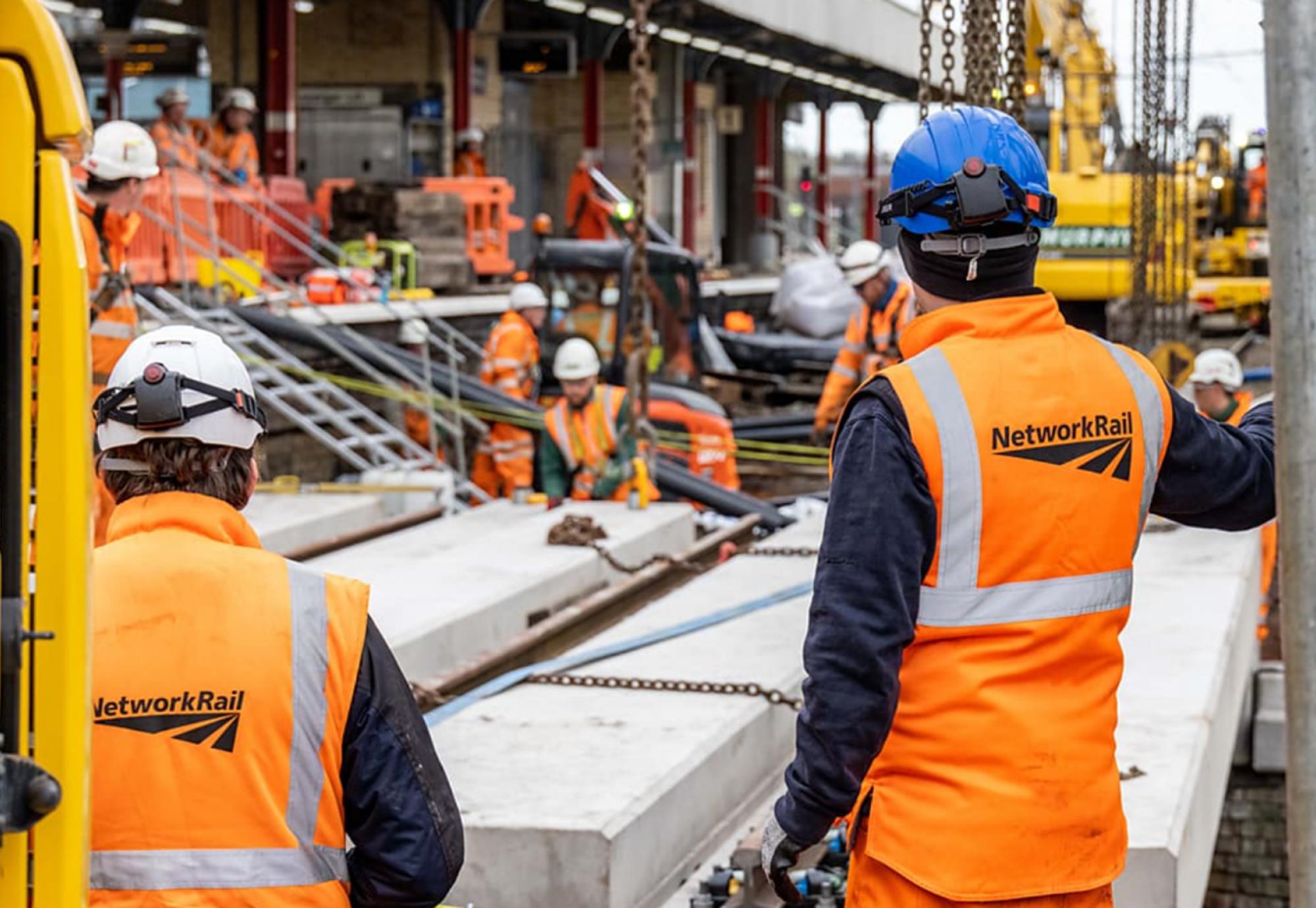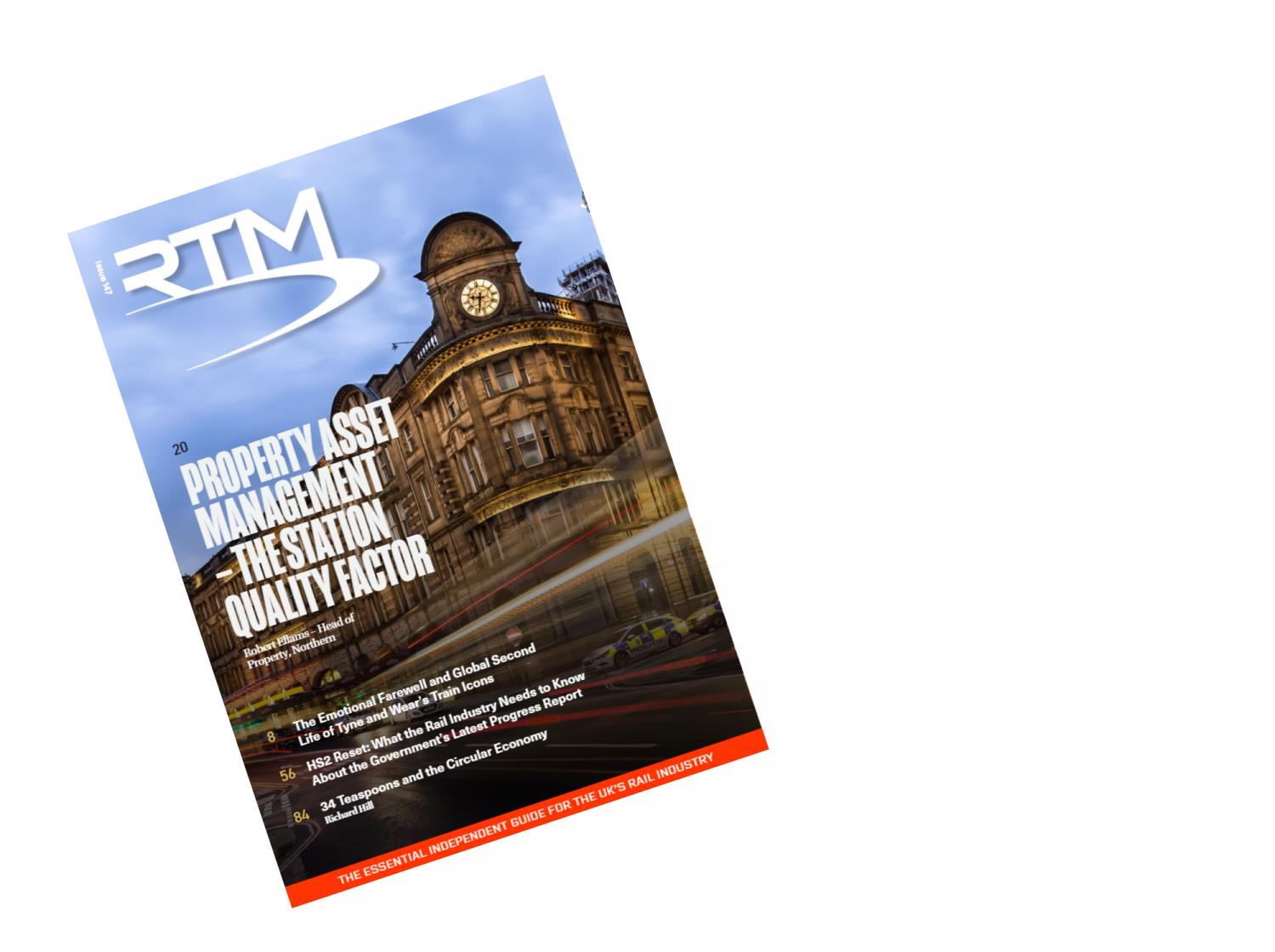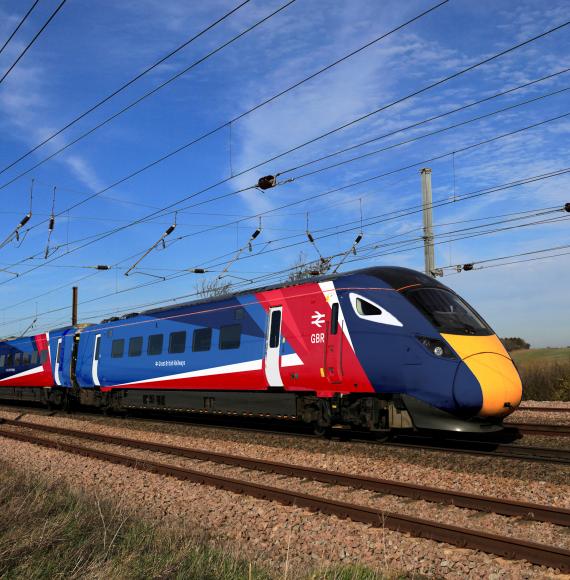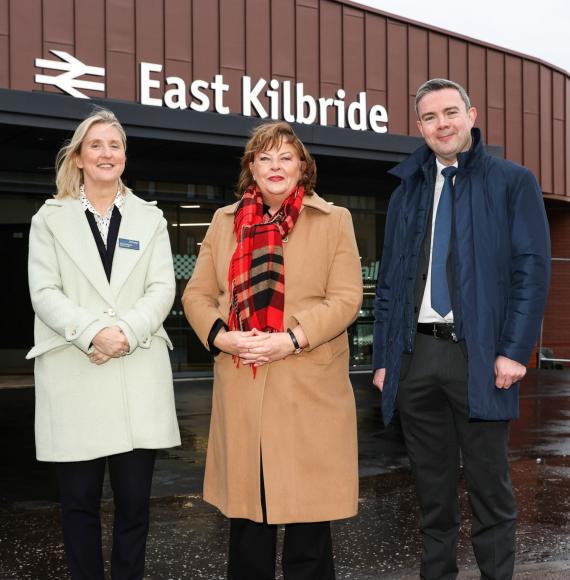The chief executive of Network Rail, Andrew Haines, has reflected on the organisation’s accomplishments during Control Period 6, days before the industry enters Control Period 7.
Since April 2019, Network Rail has been presented with a host of challenges, including the coronavirus pandemic and, as a consequence, changes in passenger numbers and behaviours, as well as industrial action.
However, despite these challenges, CP6 has also seen around £4 billion of efficiencies, and has upgraded the rail network with several projects in every region of the United Kingdom.
Andrew Haines said: “The last five years has seen unprecedented change, not just at Network Rail, but across the world. Our railway kept essential workers and freight moving during the Covid pandemic, and of course we’re now faced with a different challenge – building passenger numbers back.
“We are doing that through putting passengers first and getting closer to our customers.
“We started that process right at the beginning of the period as Network Rail devolved into five regional businesses, themselves split into 14 routes, to better respond to, and work with, our train operating colleagues, the Welsh and Scottish Governments, combined and local authorities and funders. It put us in a strong position to respond to the enormous change that hit us with the pandemic, and gave us the flexibility to bounce back afterwards.
“That’s a huge achievement and means we are able to begin Control Period 7 in a position to deliver far, far more for our money.”
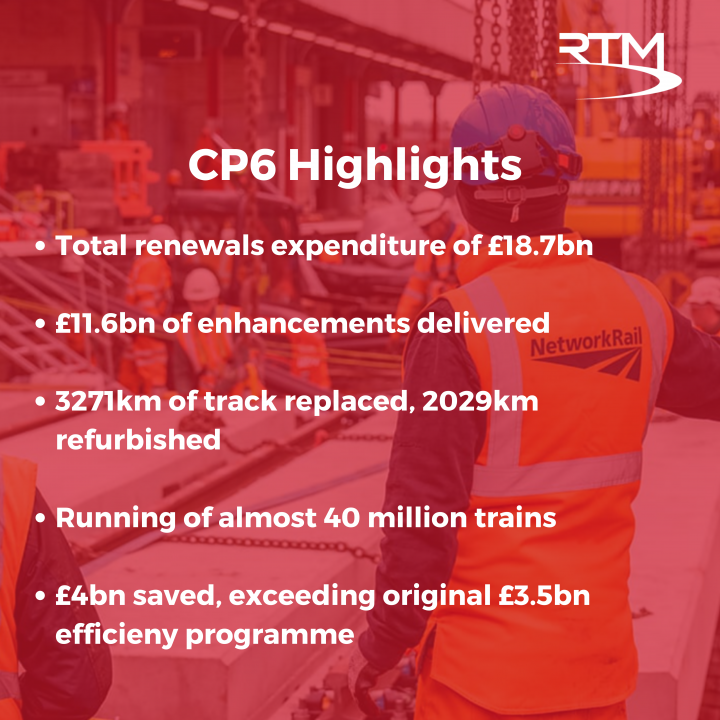
One of Network Rail’s most notable accomplishments during CP6 was its contribution to the construction of the Elizabeth Line, which opened in May 2022.
Each of the five regional businesses also welcomed several major projects.
The Eastern region benefitted from multi-billion pound projects including the electrification of Corby and the East Coast Digital Programme, which also saw the creation of a new track layout at King’s Cross.
In the North West and Central region, Birmingham New Street was the centre of much attention, with more than two million people passing through the station during the 2022 Commonwealth Games. In December 2022, the closure of the station’s signal box marked the end of a £700 million project to resignal the West Midlands.
In Scotland, a four-year transformation of Glasgow Queen Street was unveiled in October 2021, while the Glasgow Central to Barrhead line was electrified.
Scotland’s Railway also opened five new stations during CP6 – at East Lington, Kintore, Inverness Airport, Robroyston and Reston – a record for any Network Rail region.
The Southern region welcomed a major renovation to Gatwick Airport station and a new station at Thanet Parkway. In February 2021, engineers finished a series of improvements to the lines used by freight trains between Southampton Central and Redbridge, unlocking more capacity at the country’s second busiest container port.
Meanwhile, the Wales and Western region experienced a period of rebuilding and renewal. The Dawlish sea wall was rebuilt, protecting the South West’s main line for years to come. The Barmouth viaduct underwent a £30 million restoration and direct train services between Ebbw Vale Town and Newport were introduced.
Andrew Haines also looked ahead to what lies in store for Network Rail in the future: “Now, we look forward to the start of CP7, which sees climate change, train performance, industry revenue and reform as the focus and challenges before us.
“Climate change is perhaps the biggest challenge we face and almost £3bn of our Control Period 7 plan will go towards improving the resilience of our railway over the next five years.
“The creation of a new integrated rail body – Great British Railways – is designed to re-join track and train and aims to deliver a better, simpler, greener railway for all users. It will mark the end of Network Rail but that is something we look forward to in the interest of better serving our nations.”
Network Rail will announce further details regarding its plans regarding CP7 soon.
Image credit: Network Rail

